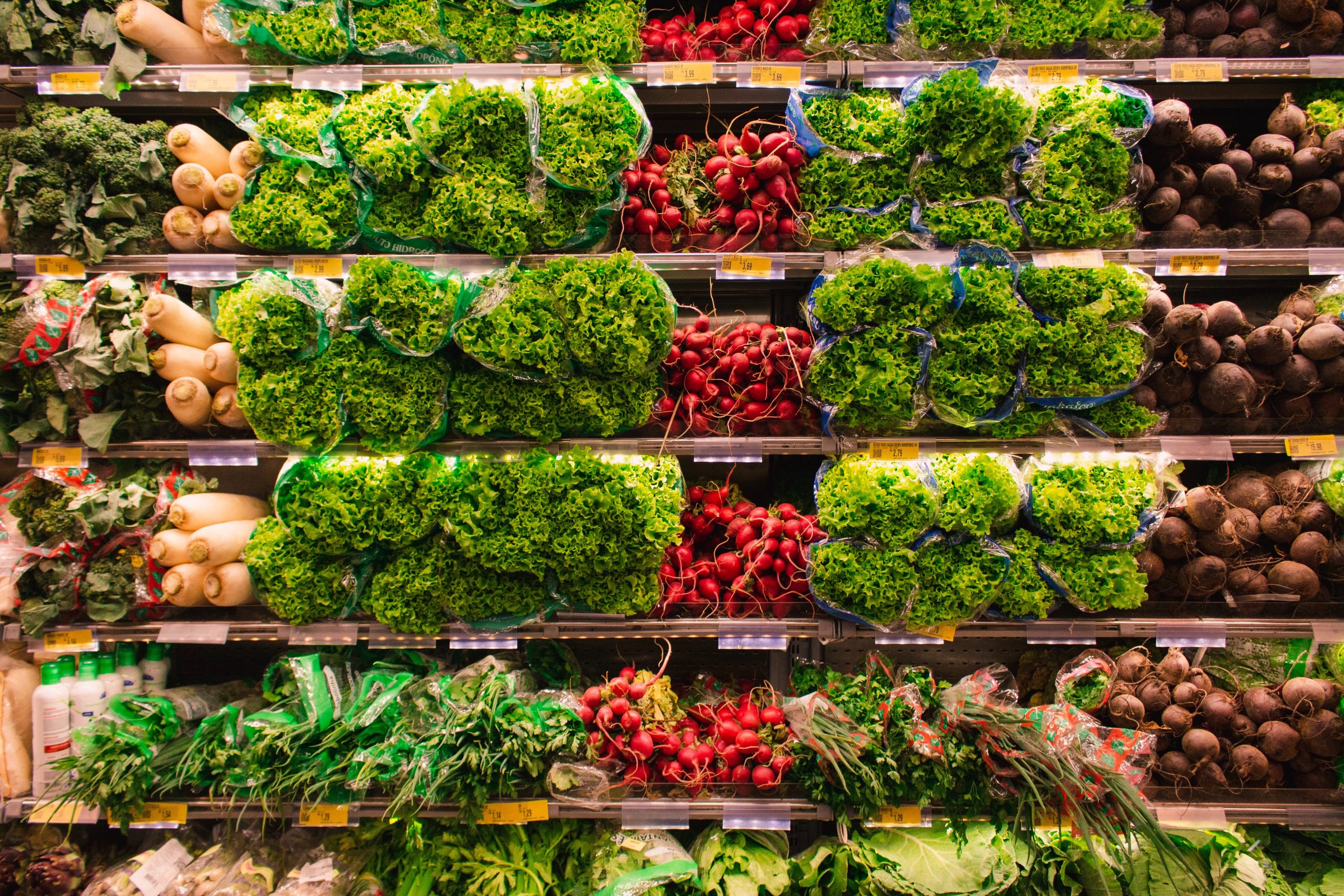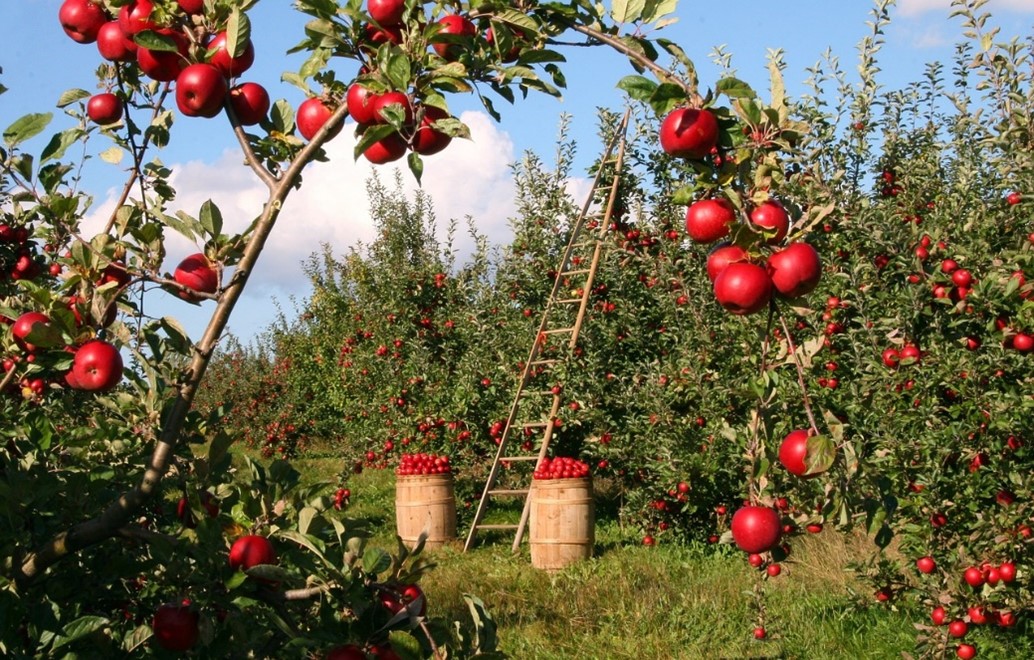Many agricultural businesses, especially food growers and producers are facing a market of increasingly discerning customers who are interested in, not just the ingredients of a product, but how they were sourced, and perhaps even what processes were applied before the product reached the store shelf.
Government scrutiny is another common pressure in the agriculture industry. Being able to produce a detailed and accurate history for every product and its components is essential to maintain compliance.
Lot traceability is a key factor in satisfying customer demand and complying with government regulations. It tracks each product and component through its entire lifecycle by batch, lot, and unit, which can provide useful insights in several areas, as well as enable you to react quickly in case a problem arises.
What is Lot Traceability?
According to the Food and Agriculture Organization of the United Nations (FAO), “Traceability is defined as the ability to discern, identify and follow the movement of a food or substance intended to be or expected to be incorporated into a food, through all stages of production, processing, and distribution.”
Along with the FAO’s guidelines, lot traceability is also a critical component of new federal food safety guidelines in the Food and Drug Administration’s Food Safety Modernization Act (FSMA).
That definition encompasses the product’s entire trip through the supply chain, from suppliers, distributors, wholesalers, and retailers. It also includes its passage through multiple production facilities of the same company. It tracks all ingredients used, the equipment and processes used on those ingredients, the materials and packaging that touch those ingredients, as well as the labeling.
Most warehouses and processing facilities make use of either barcode or RFID technology to ensure the accurate recording of data along with expedited processing of lot trace information.
How Do Agriculture Companies Use Lot Tracking Data?
Perhaps the best-known use of lot tracking is for product recalls. If there is a defect or contamination, lot tracking helps both businesses and government officials quickly identify the dates, times, and locations involved, as well as the specific lots of ingredients and finished goods affected. With that information, the public can be quickly and accurately informed, and a fast response implemented to remove affected products from store shelves.
However, aside from the worst-case scenario, lot traceability has a lot of other uses that benefit agriculture companies greatly. When tracked through a modern ERP solution, such as Acumatica, businesses can gain insights from their lot-tracking data.
Product Performance. You can track different lots or batches of ingredients and see which ones are lasting longer, of higher quality, or otherwise better for your finished goods. For example, you can track the performance of seed varieties or growing conditions.
Product Visibility. Having a number assigned to each lot helps you gain insights into the growing, shipping, and distribution processes, helping you identify trends and adjust course to improve efficiency and profitability.
Inventory Management. You can track the use of ingredients – including lots, times, and quantities – to give you better control over inventory levels, easier management of product expiration dates, and more.
Supplier Management. Lot traceability also helps you see trends in your relationship with suppliers. Such data will help you identify the best suppliers, negotiate better deals, and otherwise strengthen and streamline supplier relations.
Improved Efficiency. Lot traceability within a full-fledged ERP solution allows you to automate processes in the production cycle and eliminate manual entry that introduces errors. It works hand-in-hand with other emerging technologies such as AI, Big Data, and IoT.
How Does Acumatica Help Agricultural Companies Leverage Their Data?
Flexibility. Acumatica has powerful lot traceability features that make it a natural choice for the agriculture industry. It is flexible and allows you to attach lot numbers to your products at the point that makes the most sense for your operations. Some may find it most practical during receipt of goods, while others find at the time of sales order entry works the best. Still others during purchase order receipt entry.
Control. Acumatica is capable of fine-grained control over lot tracking, not just for products but also for every ingredient used in production. What is more, serialized and lot-controlled inventory allows you to add attributes to each lot entry, helping you quickly identify products or ingredients from a particular distributor, from a particular region, or any other attributes you define, helping you improve internal efficiency and customer service. Such control also allows you to keep tight cost controls, knowing how much was spent (or wasted) in the production of each item.
Units of Measurement. Working with different kinds of products, especially on an international level, can often result in the need for converting between different units of measure. It could also mean differentiating between a single item, a case, or a pallet. Acumatica makes these conversions a snap and also keeps track of size variances to help procurement officials choose the right product sizes to order for the lowest cost.
Efficient Picking and Stock Rotation. You don’t want to sell your freshest product before the older product has been shipped out. Acumatica has First-Expired, First-Out (FEFO) picking, ensuring your perishable items don’t expire before leaving the warehouse. It can also assist in meeting customer requirements; for example, if a customer asks for product with a shelf-life of 90 days or more, you can be sure to deliver what they need. And the process ensures that quality remains high, never disappointing your customers.
Next Steps
Are you an agriculture company or food manufacturer looking for an end-to-end solution to manage your daily operations? Do you need advanced lot traceability functionality in your next ERP solution?
Contact GaleForce Consulting Partners today to learn more about Acumatica’s feature set that fills the needs and meets the challenges of agriculture companies to improve efficiency, regulatory compliance, and profitability.





